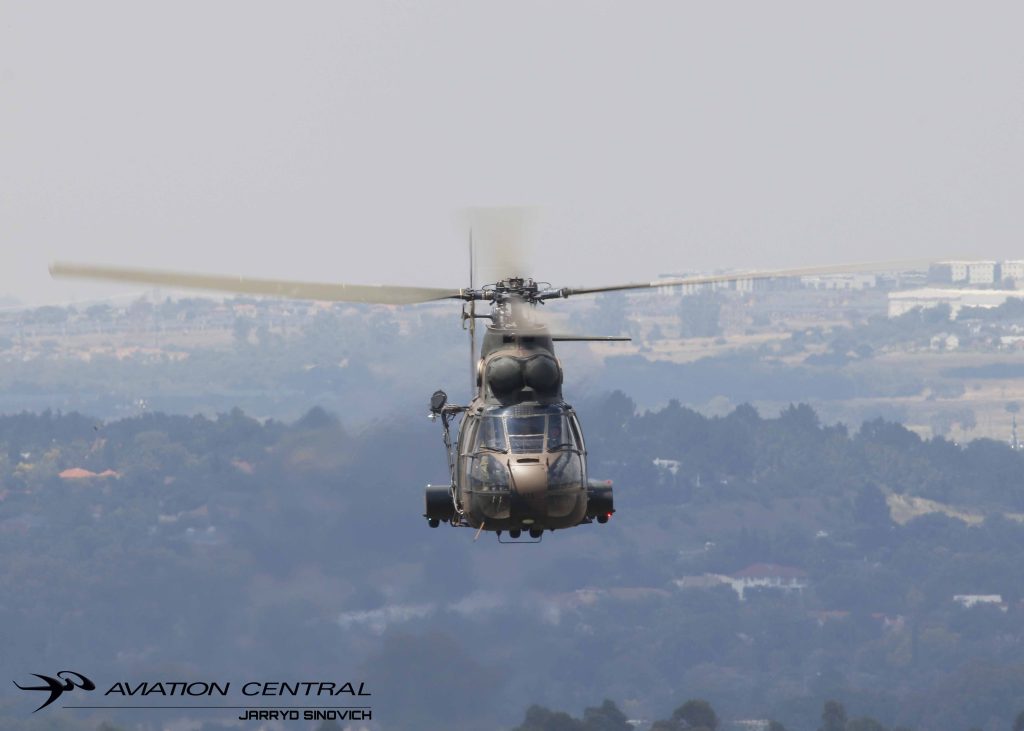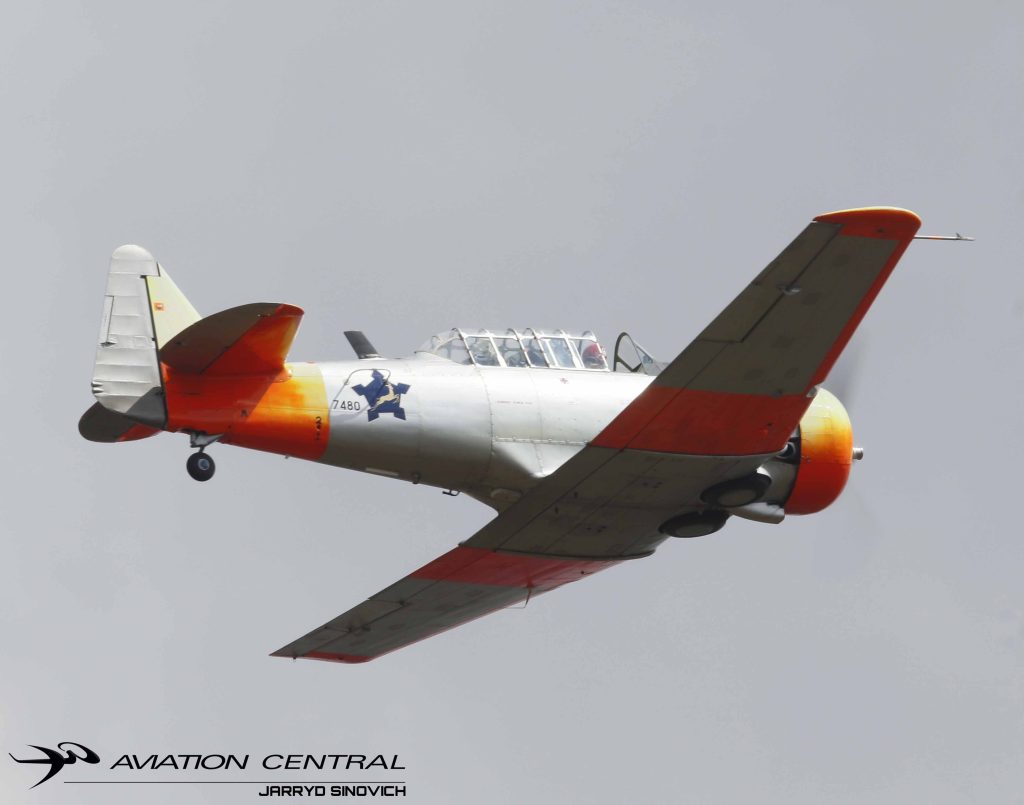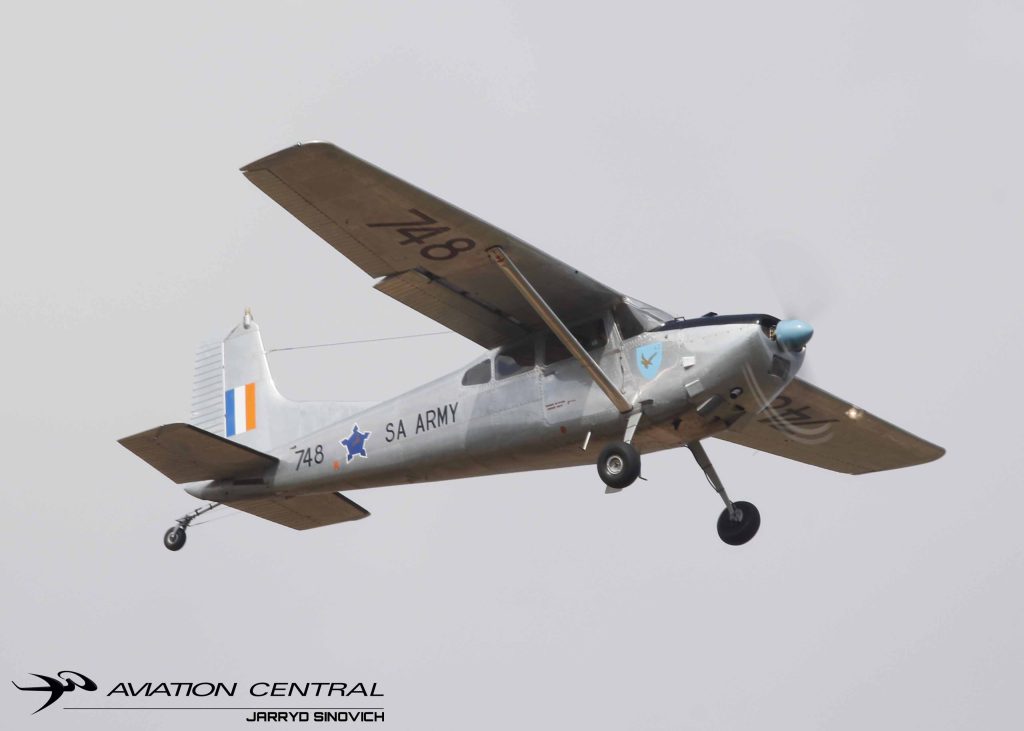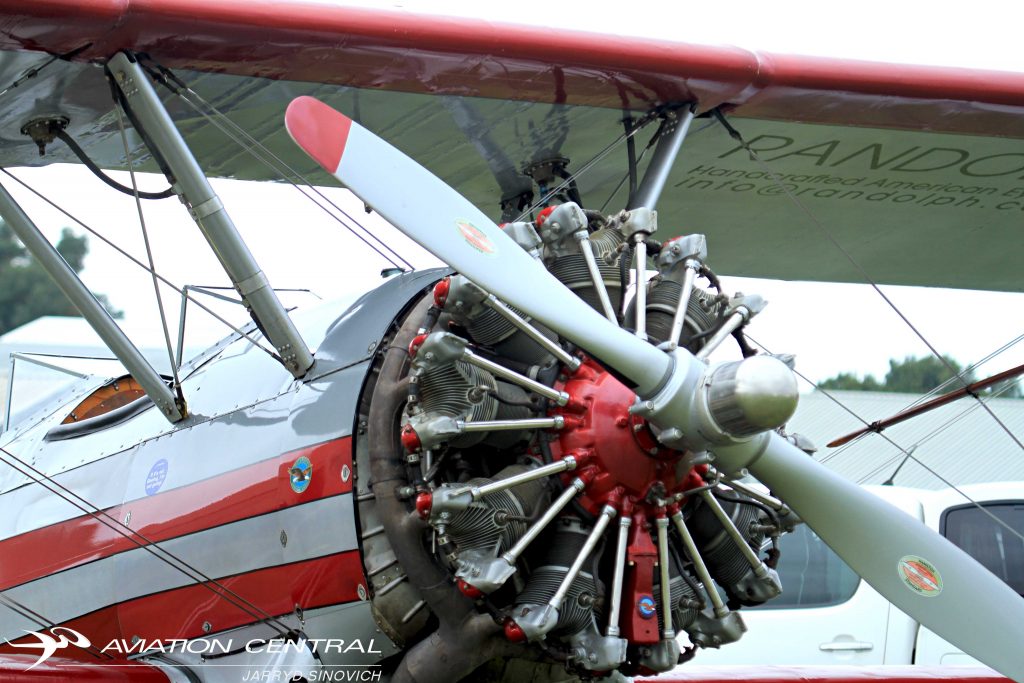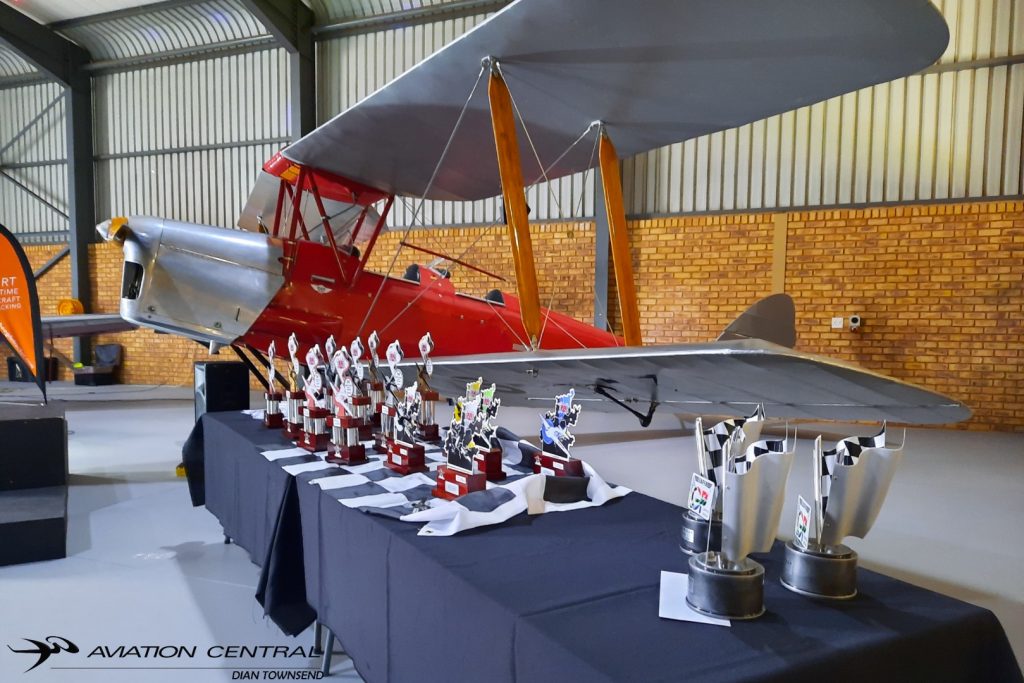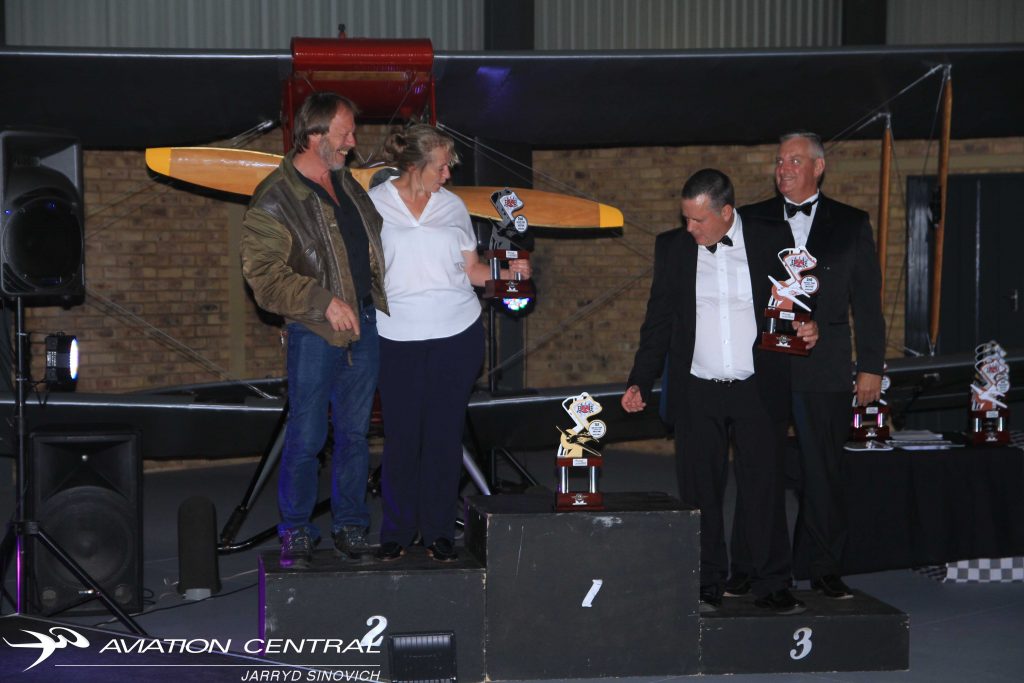Tag Archives: SAAviationNews
Armed Forces Day media launch Richards Bay
The South African National Defence Force (SANDF) is hosting the 2023 Armed Forces Day (AFD)
in Richard’s Bay, KwaZulu-Natal, from 15th – 21st February 2023. The event comprises a series of
planned activities culminating in the main parade on 21 February.

The AFD Parade will be preceded by a Wreath Laying Ceremony. The Commander-in-Chief and
President of the country, his Excellency President Cyril Matamela Ramaphosa, will lay a wreath in
commemoration of all SANDF soldiers who have fallen in the line of duty, both internally and externally
including those that perished aboard the SS Mendi troopship that sank on 21 February 1917 after it
collided with a large cargo steamship, Darro, in the English Channel south of the Isle of Wight.
The SANDF, with the event, purports to, among other things to honour serving members who
serve the nation with pride and pay special tribute to soldiers who paid the ultimate price and lost
their lives in the line of duty. The other aspect is taking the SANDF to the people, therefore,
allowing communities who ordinarily are not exposed to the SANDF, to have first-hand experience
and interact with the men and women in uniform and their prime military equipment.
The SANDF equipment will include, among others, SA Army’s heavy armored vehicles and
weapon systems, SA Air Force(SAAF) aircraft and helicopters. SA Navy’s warships and SA
Military Health Services (SAMHS) will also display capabilities.
The AFD Media launch took place on the SAS Mendi, this frigate is the last of four Valour-class frigates built for the South African Navy by the European South African Corvette Consortium and entered service in March 2007. SAS Mendi was named by Mrs Helena Retief, wife of the Chief of the Navy Vice Admiral Johan Retief.

Speech’s by Chief of Navy Rear Admiral Monde Lobese and Chief South African National Defence Force General Rudzani Maphwanya with regards to the following events in Richards Bay, as well as the next move for the Durban Naval base relocating to Richards Bay!


AFD 2023 Events




Western Cape AMS Mountain Rescue during International Sailplane Grand Prix
A foreign gliding competition pilot participating in the African leg of the International Sailplane Grand Prix was rescued from high up a Western Cape mountain after his sailplane crashed (Wednesday, 23/1/25). Speaking from his bed in the hospital, he said that he was very fortunate to survive the close call and thanked the professional and efficient rescue coordinated by the South African ARCC (Aeronautical Rescue Coordination Centre).

It is understood that the pilot got into difficulties overhead the mountains West of Villiersdorp and was able to put the fixed-wing glider down on a steep slope some distance below the top of the peaks. Fellow pilots (also participating in the competition) that saw the crash raised the alarm with Air Traffic Control, which in turn activated the ARCC. This information and the location sent by the pilots’ onboard satellite tracking device, which pinpointed the exact crash location, assisted in guiding the Western Cape Department of Health EMS/Air Mercy Service (AMS) rescue helicopter directly to the scene.

With no level terrain to land at the scene, a Provincial EMS paramedic and MSAR Rescue Climber were hoisted down by the helicopter to the wreckage. The pilot (who was conscious and managed to provide additional information via phone) was extracted from the wreckage and hoisted in a stretcher into the helicopter.
He was flown to a Villiersdorp sports field, where Western Cape Metro EMS, SAPS Rescue, Overberg Metro Rescue management, and SAPS Villiersdorp assembled to prepare and secure a landing zone for further treatment and remain available should further resources to support the first team be required.

Several other resources, including SARZA and K9 was also on standby. The pilot was admitted to Christiaan Barnard Memorial Hospital with lower back injuries. He commented, “under the circumstances, I feel surprisingly well; I had what felt like at least 1 million guardian angels helping me”.
He remarked that his survival is in no small part due to the cockpit of the Jonker sailplane that he was flying protecting him during the crash. Jonker Sailplanes is a proudly South African company that designs sailplanes for local and international markets (in fact, all the sailplanes participating in this leg of the International Sailplane Grand Prix were manufactured by Jonker manufactured).
The scene has been handed to the SAPS and SACAA AIID (Accident and Incident Investigations Division) for further investigation.
The South African ARCC is the legally mandated function (South African Maritime and Aeronautical Search and Rescue Act No.44 of 2002, as amended) that coordinates all aviation search and rescue-related occurrences in South Africa. The ARCC reports to SASAR and the Department of Transport. Under international aviation agreements and ICAO regulations, the South African ARCC is responsible for aviation incidents extending South of South Africa across the international waters in the Southern Oceans down to the South pole. The Mountain Club of SA, along with many other emergency response organisations, is a dedicated SAR Unit to the ARCC.
Photos: ARCC Supplied, Brent Russell, FAI Sailplane Grand Prix

Children’s Flight 2020
On the 6th of November 2020 an army of aviators descended upon Orient
Airfield just outside of Magaliesburg. Their mission was to give 30 children,
from different charities, a Willy Wonka like experience through aviation.


The flying program commenced at 08:30 with a paradrop from the Atlas Angel. This was followed by the children getting individual flips in fixed wing aircraft. These aircraft included many Van’s RV variants, a Cessna 140, FK9, Sling 4, Navion, Mushshak and more.


The fixed wing flips took a pause at 11:00 as the rumble of Pratt and Whitney radials was heard. Soon the 4-ship Puma Energy Flying Lions came roaring overhead. The children were treated to a fantastic display by Scully Levin, Ellis Levin, Arnie Meneghelli and Sean Thackwray.



After the last children had enjoyed their fixed wing flights, the rotary wing flips begun. The 2 Alouettes flown by Charles Fuller and Rob Osner made light work of the Orient Circuit.


Whilst the flips were being flown, the children also competed in a color in competition and a balsa wood glider building competition. The two winners got a flip in a glider after the fixed wing and rotary wing flips. This means that two of the children experienced fixed wing powered flight, rotary wing flight and glider flight all in their first ever day of flying!

The two lucky children that won a glider flight were: Romy Dekoker – color in competition and Bontle Ipeleng – balsa glider competition.
This year has changed aviation as we know it. Events like the Children’s Flight especially have been forced to adapt. Although only 30 children got to experience the magic of flight this year, the success of the event is undoubted.
This success however could not have been possible without each and every sponsor that opened their hearts and wallets towards the event. This ranges from all the companies that helped with donations, the private individuals that all donated as well as everyone that took part in the raffle to fly with some of South Africa’s top pilots.
The pilots that made up the huge Children’s Flight Squadron were:
Nigel Hopkins – RV8
Patrick Davidson – RV7
Trevor Warner – RV7
Elton Bondi – C140
Derek Hopkins – RV7
Johan van Solms – RV7
Grant Timms – Mushak
Charles Fuller – Alouette II
Rob Osner Alouette III
Daniel Ralefeta – FK9
Goitse Diale – Sling 4
Ryan Beeton – RV7
Scully Levin – Flying Lions
Arnie Meneghelli – Flying Lions
Ellis Levin – Flying LionsSean Thackwray – Flying Lions
Karl van Seyldlitz – SF25
Arjan Schaap – Navion
Tokkie Botes – Bell 206
Riaan Denner – SF25
Clyde Strachan – Beechcraft Baron
And lastly, the group that brought it all together, Felix Gosher and his
organizing team. Felix is an incredible person that does wonders through his different aviation initiatives like the Children’s Flight, Elders Flight and more recently, the COVID Flight and Repat Flight.


We get so used to thinking of aviation as a means of transport or form of entertainment. It is events like these that truly makes one realize what aviation really is. Aviation is magic and the joy it can bring people is priceless. No photos or videos can suffice in capturing the joy aviation has brought these
children.





Browse our event gallery:
COVID Aviation Trips – Rand Airport
By now most of us have been absolutely deprived of aviation. Unfortunately all airshows for 2020 have been either postponed or cancelled. This leaves us with almost no aviation action, or does it?
In the coming weeks, we will be looking at different smaller aviation spots that can help scratch that aviation itch that has been annoying us all during this lockdown.
In the third installment in this series we are looking at yet another smaller airport in Gauteng. Rand Airport is a great spot to feel the wind coming off aircraft and smell the turbine exhaust.
What makes Rand great is the fact that it has more than one great spots. The first of these being the SAA Museum located at the Eastern side of the airport.
The museum has many historic SAA aircraft like 737s, DC-4s and 747s where one can get the opportunity to not only admire them from the outside, but also from within.


At the museum one can also find the Dakotas Pub and Grill. From the restaurant one has a nice view of Runway 29 takeoffs and landings as well as some taxiway action.
The second spot at Rand Airport is another Harvard Cafe. Just like the one at Grand Central, this restaurant offers a nice view of the apron, with great food and a play area for children.
Rand Airport is home to many beautiful aircraft like the Flying Lions, Cows Pitts, Goodyear Eagles, Menno Parsons’ collection and many more.







This airport makes for another great outing during these times where aviation seems to be a scarcity. With the SAA Museum and Harvard Cafe one can easily get two unique trips out of this one spot.
Aero Club Celebrates a Centenary of Recreational Flight
By Rob Jonkers
There is a sense of achievement on reaching a Century, on all manner of occasions it calls for a celebration, subject for congratulations on the significance and justifiable pride, the past century of the existence of the Aero Club of South Africa has been integral in seeing the growth in Recreational Aviation, the collective of the various disciplines
that make up flying for fun, that have allowed the freedom of development in the achievement of products, ideas, adventures, competitions that are existential of this magical world that is recreational flight.

This journey has been long, sometimes tedious and difficult but the persistence and passion of our members across the century has made it possible for the Aero Club to be the success it is today. One of the many great benefits and joys of living since the 20th Century is that we have had the immeasurable privilege to be able to fly, as since the dawn of mankind we have aspired to the ease and freedom of flight that only birds could enjoy, and from those early 20th Century years mankind learned to fly!

On the 10 th October 2020, after many months after postponement since C-19 made us all go into hiding, the Aero Club’s official Centenary Balloon Launch took place at Bill Harrop’s Balloon Safaris in the Magalies Valley. The weather outlook also looked great, and the launch event was a go sent out by the organisers just after 5 am. The wind started picking up somewhat, and first off the ground were the three commercial balloons that occurred at 6am, thereafter the Aero Club Balloon which was rebuilt in Aero Club Centenary colours (carrying the registration ZS- HOI as the ex Capital Radio balloon) was unfurled and prepared for a tethered inflation and launch.

Chairman of BAFSA Richard Bovell who was also this Centenary event organiser was the first pilot supported by student pilot Sema Mathebula, got the balloon off the ground in somewhat gusty conditions, the wind at that stage would not have been favourable to actually fly. Hanke Fourie took over from Richard for a second tethered stint, giving a good photographic opportunity for the guests in attendance.

After the balloon landed and was furled up again, the guests were treated to a scrumptious breakfast, as only one can experience as an early morning African sunrise breakfast in the bush. As MC for the event Richard Bovell gave a short speech on a brief history of sport ballooning in South Africa, thanked the guests for their attendance, and handed over the very first Aero Club Centenary Yearbook which is hot off the presses to the Doyen of Ballooning in South Africa Terry Adams, who since his arrival in SA in 1976 established the mainstay of balloon manufacturing
and pilot training in SA.

Thereafter Rob Jonkers as the Chair of the Aero Club thanked BAFSA and their team of hosting this one of a kind event, and the only event marking the Aero Club’s Centenary that will take place in 2020. A ceremonial Centenary cake cutting was then carried out by the Aero Club’s Executive Committee, Rob Jonkers (Chairman), Marthinus Potgieter (Vice-Chairman), John Gaillard (Hon Treasurer) and Hanke Fourie (Exco Member).


Although the year 2020 will go down in history as a great disrupter and has essentially rained on our Centenary parade, we will be looking at recovering much of the planned events in 2021 as time and resources will allow to bring justice to our 100 year heritage, especially poignant is to hold a 100 aircraft of all types flypast ( 101 also looks like a good number…) and an all Recreational Aviation Airweek as was initially planned for this year at Middelburg.



The Centenary coffee table book, which is now available for sale (details on the Aero Club website), is a compendium of each of our flying disciplines, historic and contemporary with numerous personalities with some
remarkable stories in recreational flying as a celebration for this signature Centenary Year.
Bell aircraft used to safeguard food and agriculture amid historic locust infestation
In the last 12 months, food security has been under serious threat from devastating swarms of locusts, destroying crops from East Africa to the Arabian Gulf. With experts warning of a “rolling emergency” 1 that could endanger harvests across the regions for the rest of the year, governments and international organizations face a herculean challenge in controlling the infestations. Aircraft from Bell, the U.S.-based helicopter manufacturer, have been playing a key role in the joint efforts to fight this ancient plague.
According to the UN Food and Agriculture Organization (FAO), desert locusts – whose destructive infestations cause major crop damage – are a species of grasshopper that live largely solitary lives until a combination of conditions promotes breeding and leads them to form massive swarms.

The region’s current crisis began in October 2019 as swarms formed along the Red Sea coastal plains in Yemen Saudi Arabia, Eritrea and Sudan, spreading eastwards across the Arabian peninsula and further south in Africa in the following months.
By January, Kenya, one of the countries hardest hit by the crisis, was already experiencing its worst outbreak of desert locusts in 70 years. To target this problem, authorities contracted South African helicopter operator BAC Helicopters, who had recently purchased three Bell 206L-4 helicopters, to carry out the Emergency Desert Locust Survey and Control operation in an effected part of Kenya.

The helicopters were tasked with surveying vast areas throughout the Marsabit and Turkana counties in Northern Kenya, locating and mapping the locust swarms which were threatening food security through the region. The 206L-4’s were each equipped with specialized Agricultural
Survey Equipment, an FDC Barrier Filter and Satellite Tracking System. Essential data gathered by the survey helicopters was then transferred to both fixed wing and helicopter spraying aircraft, allowing them to accurately target specific areas where the locust swarms were present.
Sameer Rehman, Managing Director of Africa and the Middle East, Bell, commented: “With a number of countries in eastern Africa and some parts of the Middle East at ongoing risk, the FAO has estimated that a locust control plan would cost $76 million to secure agriculture in the
affected region. Bell understands the need to protect the food source of these regions and we’re pleased our products can be essential tools in the collective mission to eradicate the problem.
“When it comes to food security, the stakes are very high so the reliability and capability of every tool used in the fight against locust swarms is paramount. The Bell 206, and newer light aircraft like the Bell 505 have shown time and again that they can be trusted to operate in high
temperatures and with heavy payloads, providing a capable defense wherever the swarms may be present.”
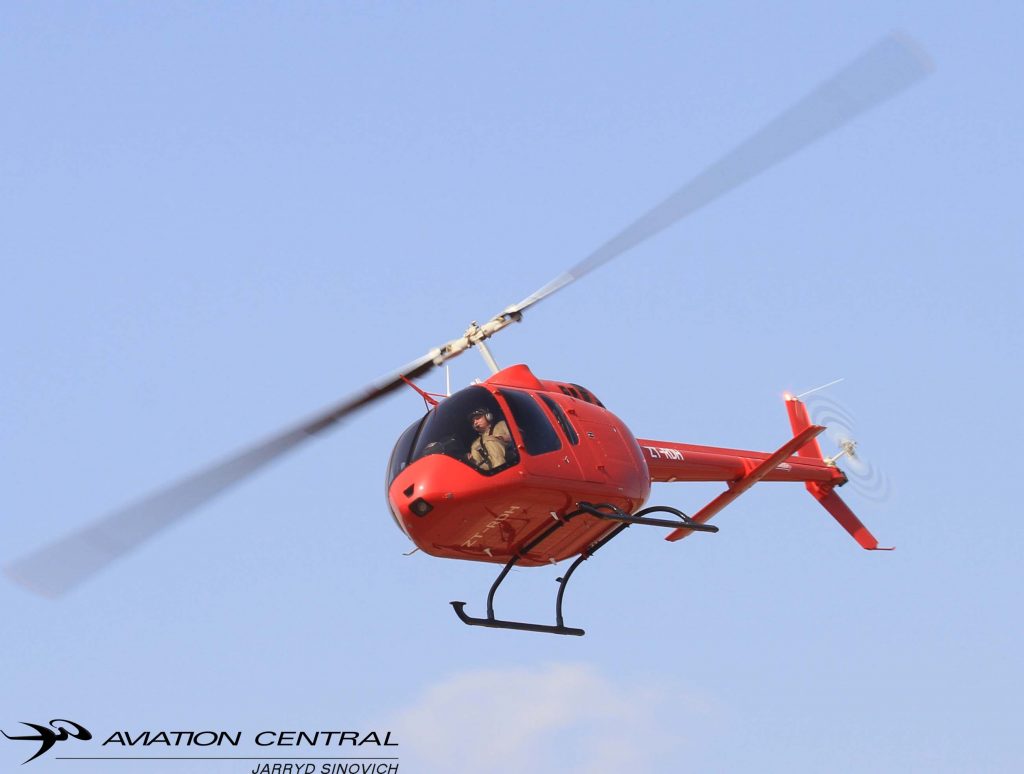
In most years, desert locust swarms tend to die out during dry season. However, with unusually high rainfall in 2020 in certain regions, the exponential growth in the populations has not abated,
creating the specter of further swarms over the coming months.
The FAO states that countries most affected by the locust situation are Ethiopia, Kenya, Somalia in Africa as well as Yemen, Saudi Arabia and parts of the UAE and Oman in the Middle East.




